Welcome to the Peaks Challenge Falls Creek tips. Over the coming months, I’ll be providing you with some important training tips to help you with your preparations leading up to the start line. I’ve personally ridden the ride for the last three years so know what you are up against. It’s an epic achievement finishing this fantastic ride and such an enjoyable event to have on your bucket list.
The Peaks Challenge Falls Creek is run over some of the best alpine mountains in Australia. There are two main time limits. The maximum time you allowed to ride the event is 13 hours. Then there is a sub 10 hour that provides even more of a challenge.
Here are three things I recommend you get sorted before you start your training.
1) Stakeholder Buy-in
Let’s address one of the first issues: finding the training time… The first thing you need to know before starting to train for the Peaks Challenge Falls Creek is how much training you need to do to be successful? It’s a starting point.
The great thing is that I’ve already done a lot of the initial hard work for you. I’ve created a high-level sub 13 hour, 12-week training plan for you based on my experience working with athletes like you that have limited amounts of time to train for events like the Peaks Challenge Falls Creek.
In it, I’ve already worked out how much training and what sort of training you’ll need to do week by week in your build-up to the Peaks Challenge Falls Creek. The training plan can be downloaded by clicking on this link.
All you have to do is get your diary out and find out if you have any up and coming work events, social gatherings, meetings and family commitments that are going to conflict with your training plan. And… rather than blindly kicking off your training in the hope that you’ll sort out these scheduling conflicts when they arise, you address them before you start.
Once you have done this, work out who is going to be impacted by your training schedule then go to each of these “stakeholders” and get their buy-in well ahead of time.
By going through this stakeholder buy-in process you’ll have a very clear idea how achievable you’ll be at committing to the training. You’ll quickly identify commitments at work and at home that you need to address.
2) Proper Bike Fit
You’re going to be spending a lot of time on your bike once you embark on your 12 weeks of training. To reduce the chance of injury and to ensure that you are as comfortable on the bike as possible it’s important to get your bike fit sorted before you commence your training block. Now, bike fitting is a bit of a black art. Everyone has their own opinion of how to set you up on a bike including myself. If you go to ten different bike fitter there is a good chance that you’ll get ten different bike fits.
Many bike shops offer a bike fitting service. Many of these bike shops do a good job in setting you up on a bike. There are also professional specialist bike fitting services dotted around the country. The most important objective of a bike fit is to make you as comfortable on the bike as possible. So this is the result you are looking for.
Once you get your bike fit sorted, and you are happy with it then stick with it. Try not to continue to tweak it in an effort to try to make it better. You’ll want to have it sorted and locked in so that it doesn’t change during the 12 weeks of training.
Same goes for changing your bike during the 12 weeks. If you do then then try to get the position transferred as accurately as possible to your new bike so that you keep it consistent.
2) Sound mechanical bike
Get your bike serviced prior to the 12 weeks of training. You want to get stuck into your training rather than having to deal with interruptions from mechanical failures.
The main items to check are your chain and cassette are in good condition and that your tyres are relatively new. I prefer to train of robust tyres. If you do get a major cut in your tyre then replace it as soon as you can. I usually have a few spares in the garage for this reason. Nothing worst that being out on the road and getting a puncture in the rain.
So there you have it. This article has covered off the three major areas to address before you start your training.
In the next article I’ll be discussing some important things to consider with your training.
All the best with it and I’ll see you on the start line at the Peaks Challenge Falls Creek.

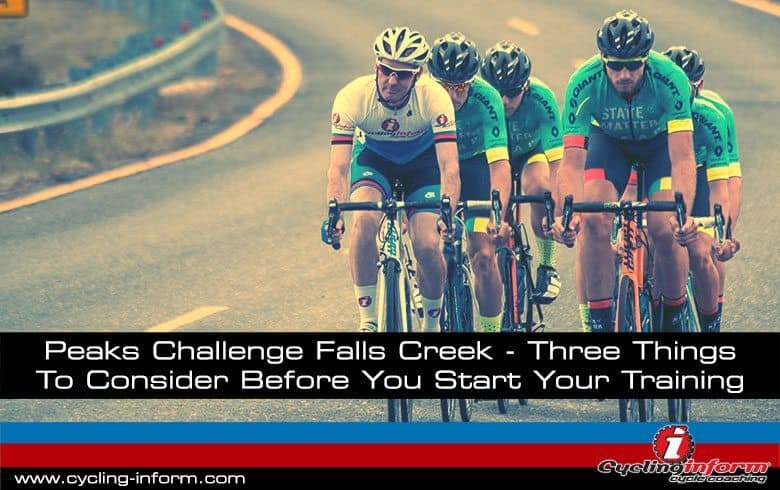
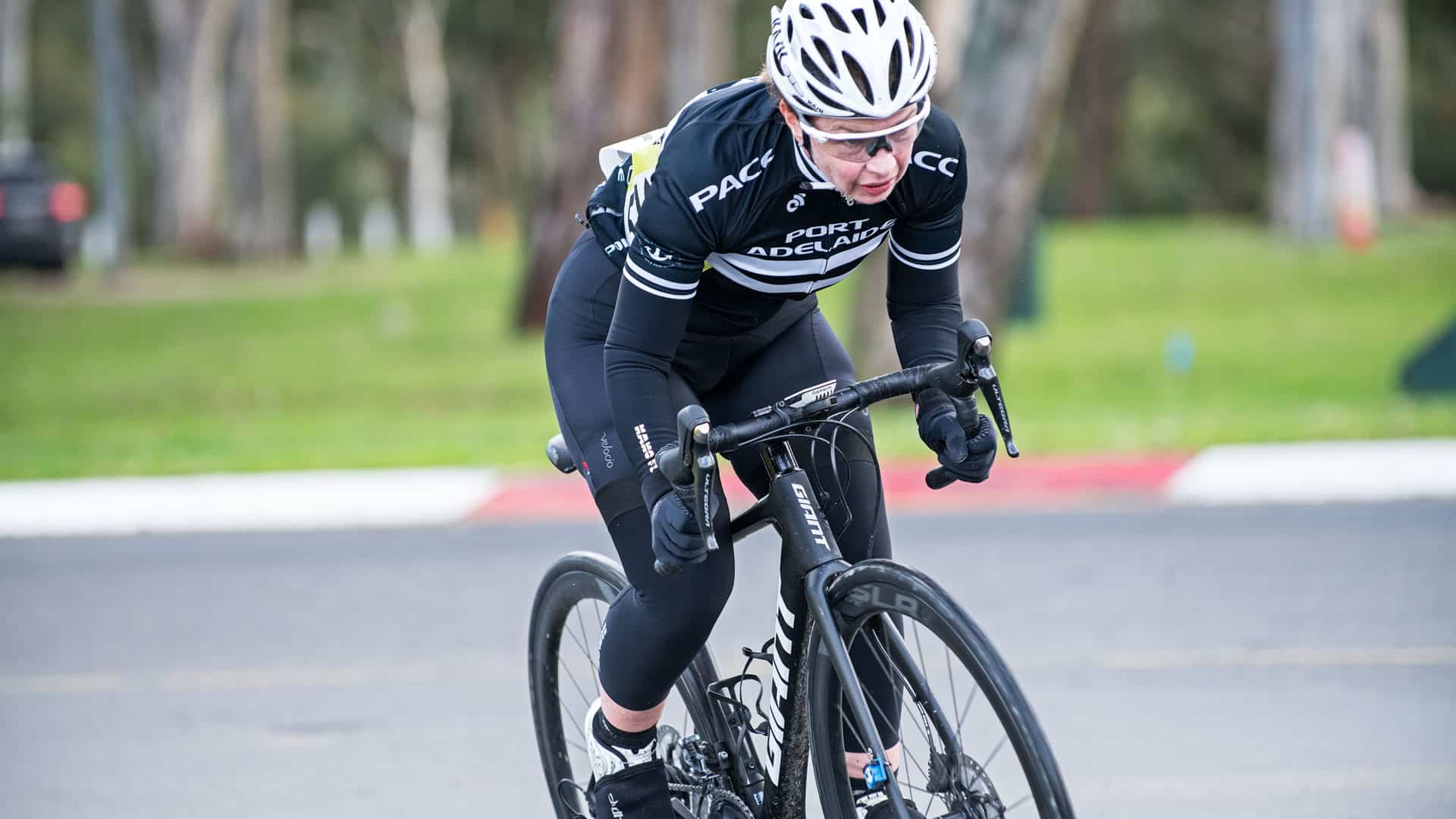
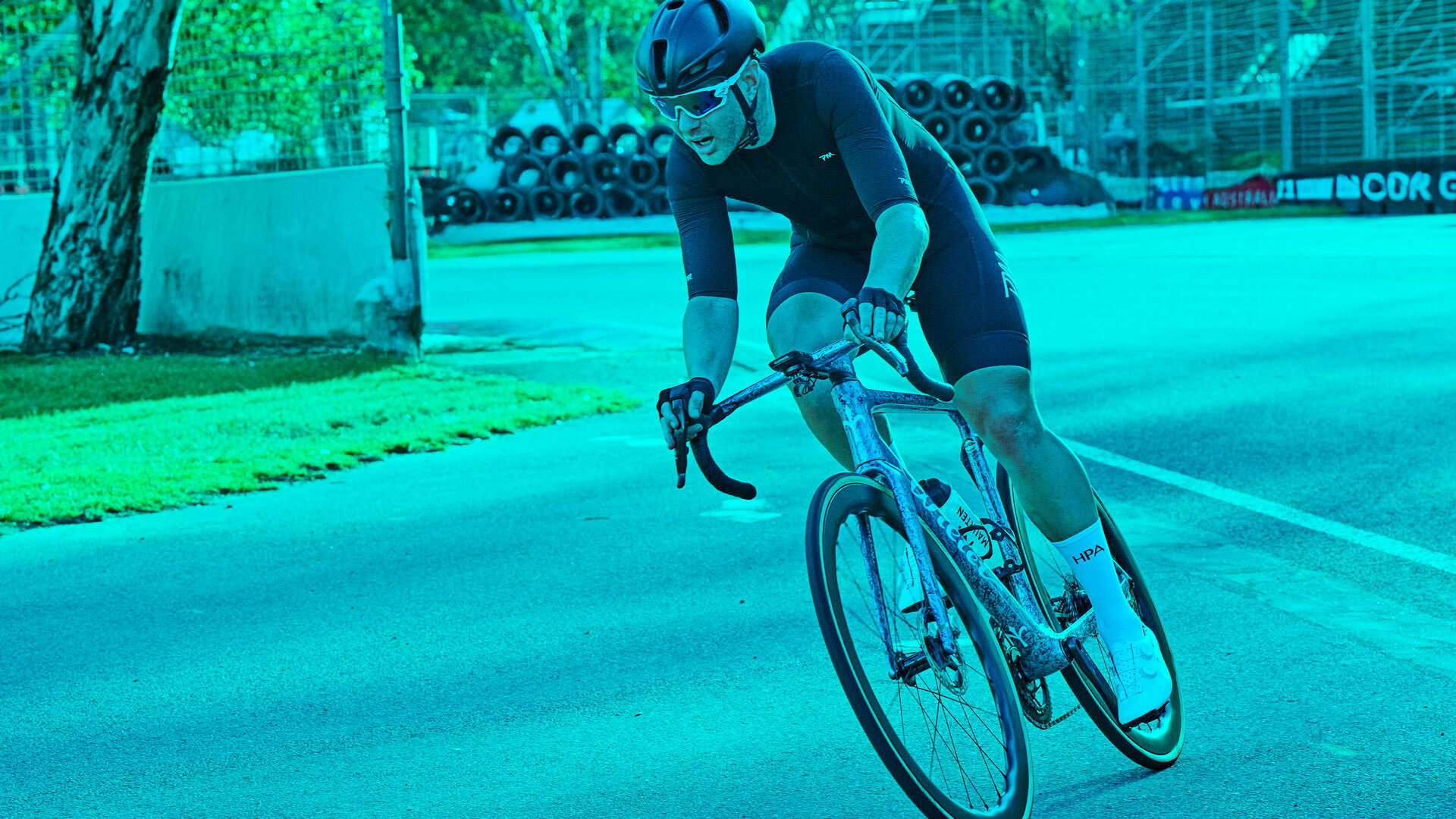
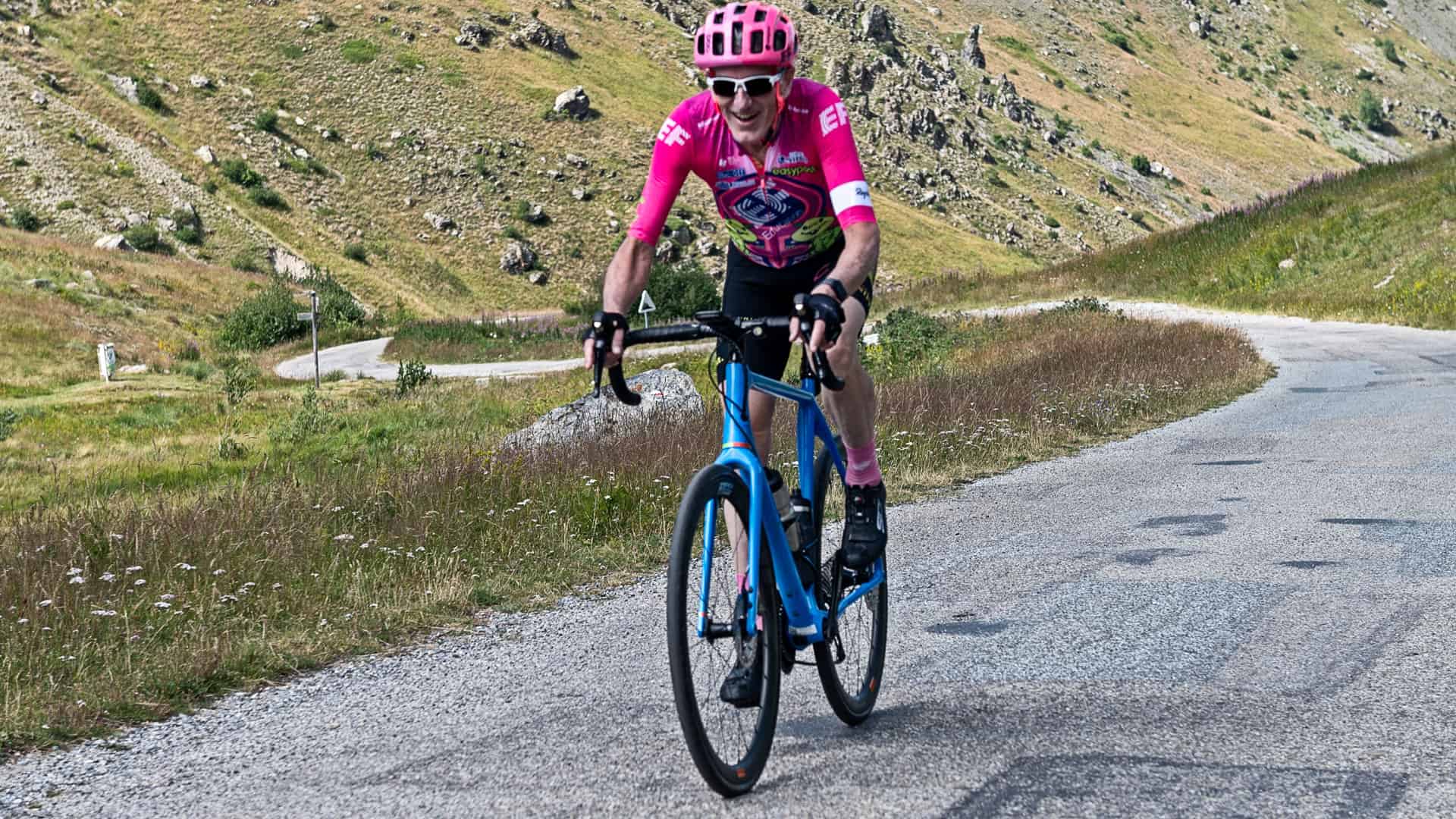
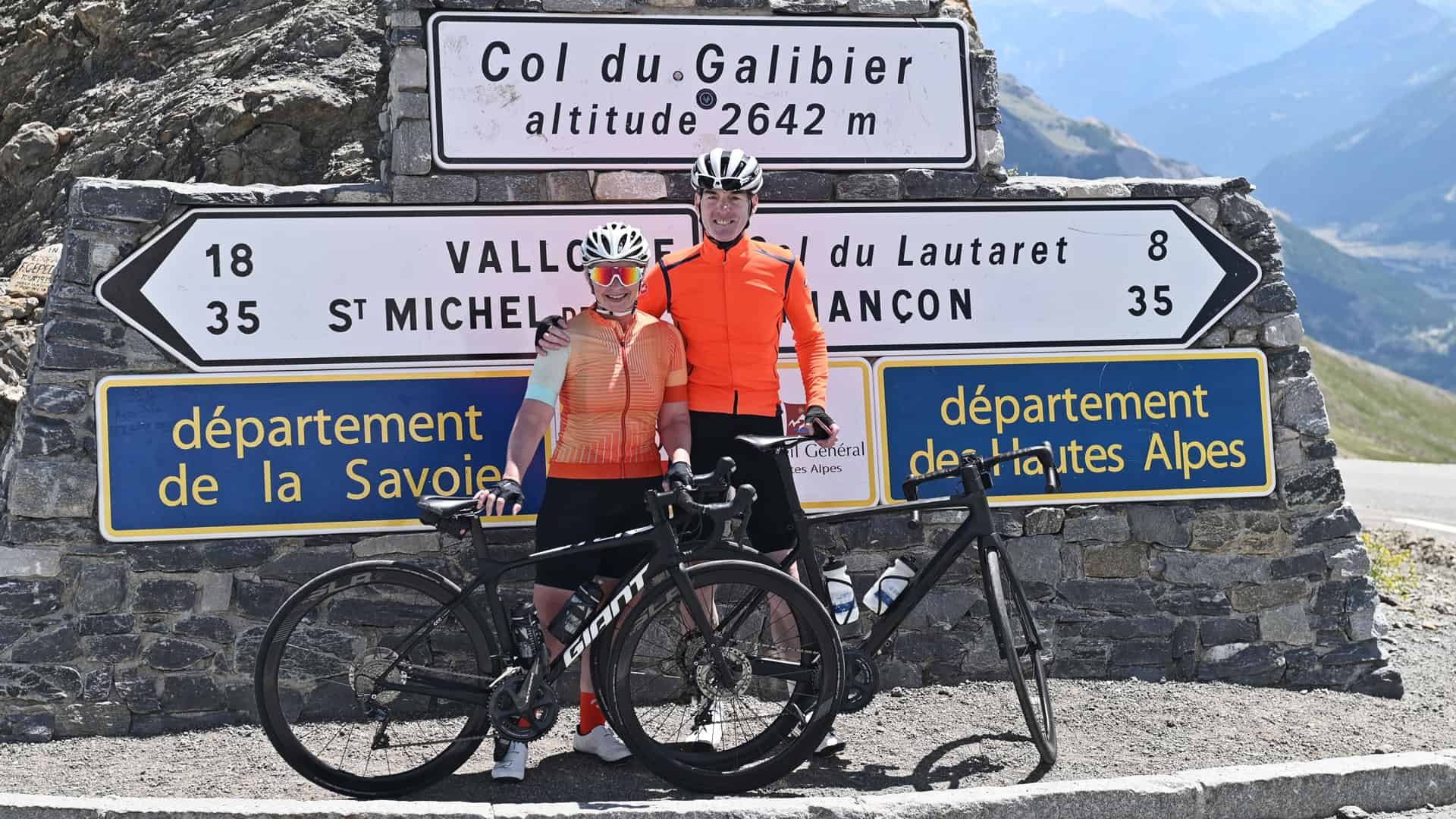
Leave A Comment